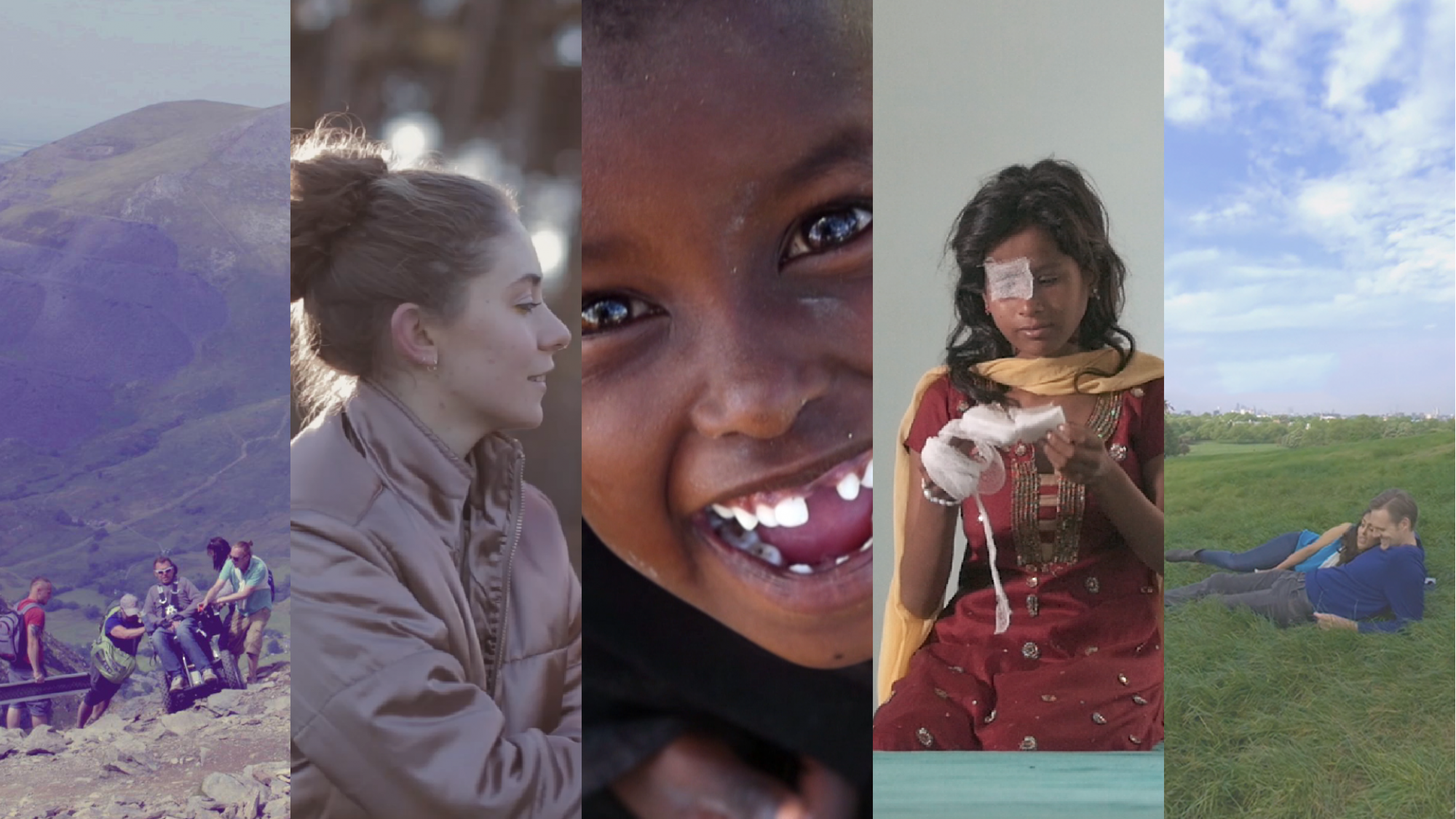

Content is becoming increasingly important for fundraisers both on and offline, and more and more charities are using video to help tell their story. Even so, there are still some common misconceptions that mean video is not taken seriously as a fundraising tool, meaning its often an afterthought or even dismissed completely.
We’re here to bust those myths with some real life successful examples!
With the right plan and strategic approach, video can make both a direct and indirect impact on your fundraising targets.
This video helped to triple The Savitri Trust’s fundraising targets from £300k to £1 million in just one night. Find out how.
We get this one a lot. Small charities often think they need big budgets and loads of resources to create video content, but this simply isn’t true!
In 2017, this awareness film helped really small regional charity, Northumberland Domestic Abuse Services, reach over 1 million people, raising awareness of their cause and generating more media attention than they could ever have imagined. Read more about it here.
Audiences aren’t interested in engaging with brands and organisations online, so what’s the point? In fact, when content is well-positioned for your audience, you’ll be surprised at the reaction. The key is to spend enough time thinking about your audience, the content and the journey before you even think about picking up a camera.
For Marie Curie, video plays a key role in their online content strategy; rallying fundraisers, encouraging donations and generating much-needed conversation. For example, this award-winning case study, Lorrainne’s Story, highlights the impact of their work on beneficiaries and their families.
Virtual Reality has been on everybody’s lips in 2017, but many think its place lies firmly in the gaming and commercial sectors. In fact, 360 video is perfect for charities keen to instil a sense of empathy that is difficult to forget.
The Reality of Loss by The Loss Foundation puts you in another person’s shoes, allowing you to experience life before and after the loss of a loved one.